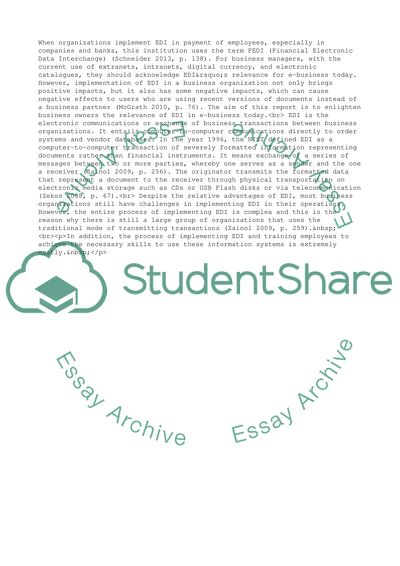Cite this document
(“The Relevance of EDI for e-Business today A critical Evaluation Essay”, n.d.)
The Relevance of EDI for e-Business today A critical Evaluation Essay. Retrieved from https://studentshare.org/business/1639595-the-relevance-of-edi-for-e-business-today-a-critical-evaluation
The Relevance of EDI for e-Business today A critical Evaluation Essay. Retrieved from https://studentshare.org/business/1639595-the-relevance-of-edi-for-e-business-today-a-critical-evaluation
(The Relevance of EDI for E-Business Today A Critical Evaluation Essay)
The Relevance of EDI for E-Business Today A Critical Evaluation Essay. https://studentshare.org/business/1639595-the-relevance-of-edi-for-e-business-today-a-critical-evaluation.
The Relevance of EDI for E-Business Today A Critical Evaluation Essay. https://studentshare.org/business/1639595-the-relevance-of-edi-for-e-business-today-a-critical-evaluation.
“The Relevance of EDI for E-Business Today A Critical Evaluation Essay”, n.d. https://studentshare.org/business/1639595-the-relevance-of-edi-for-e-business-today-a-critical-evaluation.


